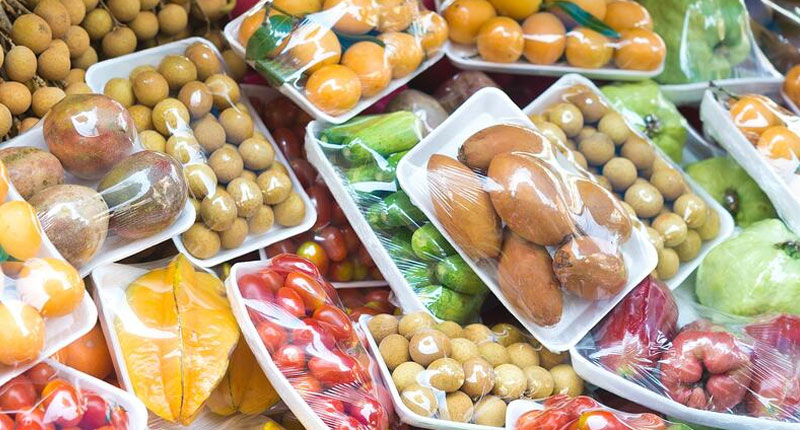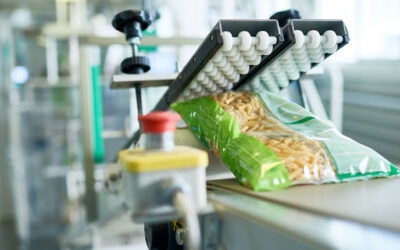Trends in Fruit and Vegetable Packaging – a Review
Processing and packaging are the two important phases of operations in the food industry. The fi nal phase is the packaging stage. A great deal of automation strategies are constantly being utilized in every phase of processing and packaging. The correct packaging enables processors to pack fresh and fresh-cut fruit and vegetables and extend their shelf life. The important parameters for this shelf life extension are temperature, moisture and a modifi ed atmosphere (oxygen, carbon dioxide and ethylene). If both temperature and packaging are optimal, ageing of fruit and vegetables can be slowed down signifi cantly. This paper is concentrate on trends in fruits and vegetables packaging.
Introduction
Fruit and vegetables play an important role in healthy nutrition and are high on the list of consumer priorities. However the major obstacle of purchasing ready-to-eat fresh-cut fruits and vegetables is their short shelf life, leading to quick degeneration and decomposition of the product and undesirable look and negative palatability. Fruit and vegetables are living products undergoing a ripening and at the end an ageing process, in which the plant tissue is broken down. The products undergo various biological processes, which also continue after the products have been harvested. For example there is wide variation in respiration rates (Table 1) and ethylene production (Table 2) between fruits and vegetables.
Conventional packs
It is essential to minimise physical damage to fresh produce in order to obtain optimal shelf-life. The use of suitable packaging is vital in this respect (Thompson, 1996). The most
common form of packaging in this sector is the use of the fi – breboard carton; however, for most produce, additional internal packaging, for example tissue paper wraps, trays, cups or pads, is required to reduce damage from abrasion. For very delicate fruits, smaller packs with relatively few layers of fruits are used to reduce compression damage. Moulded trays may be used which physically separate the individual piece of produce. Individual fruits may also be wrapped separately in tissue or waxed paper. This improves the physical protection and also reduces the spread of disease organisms within a pack.



